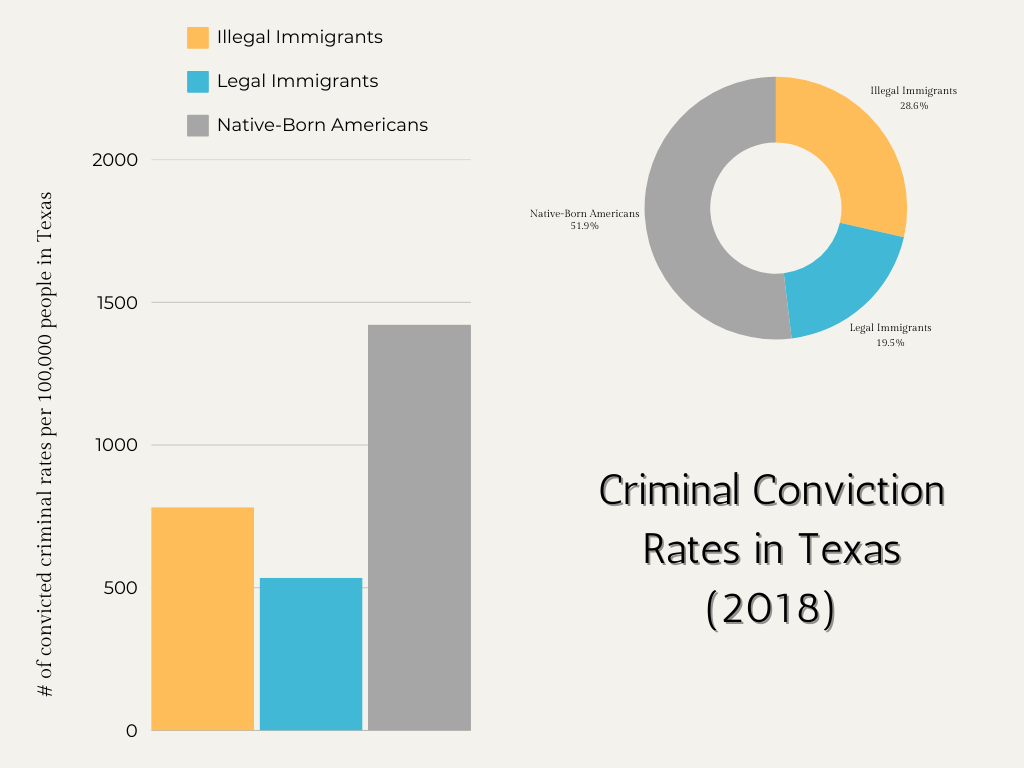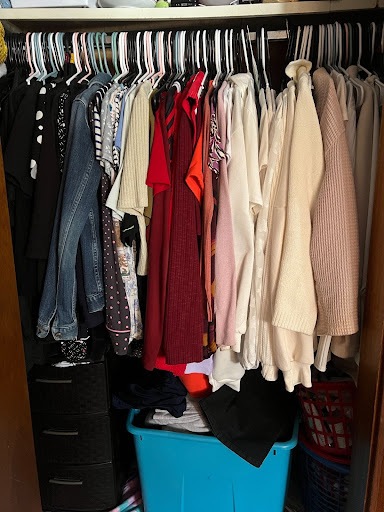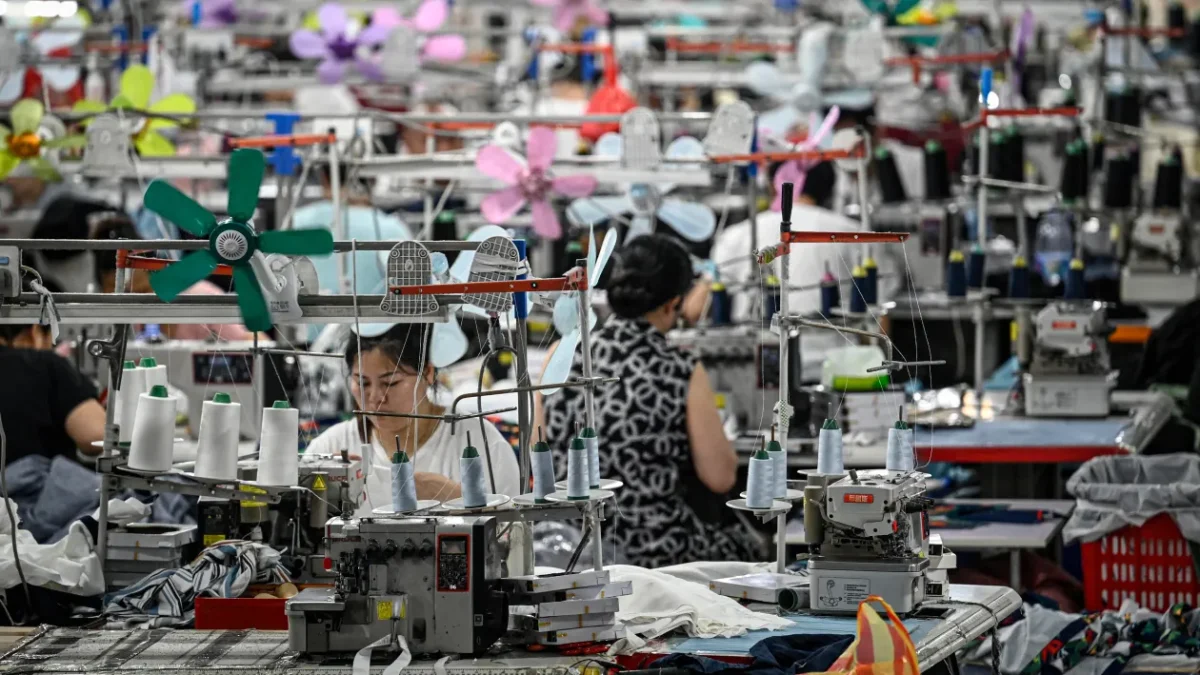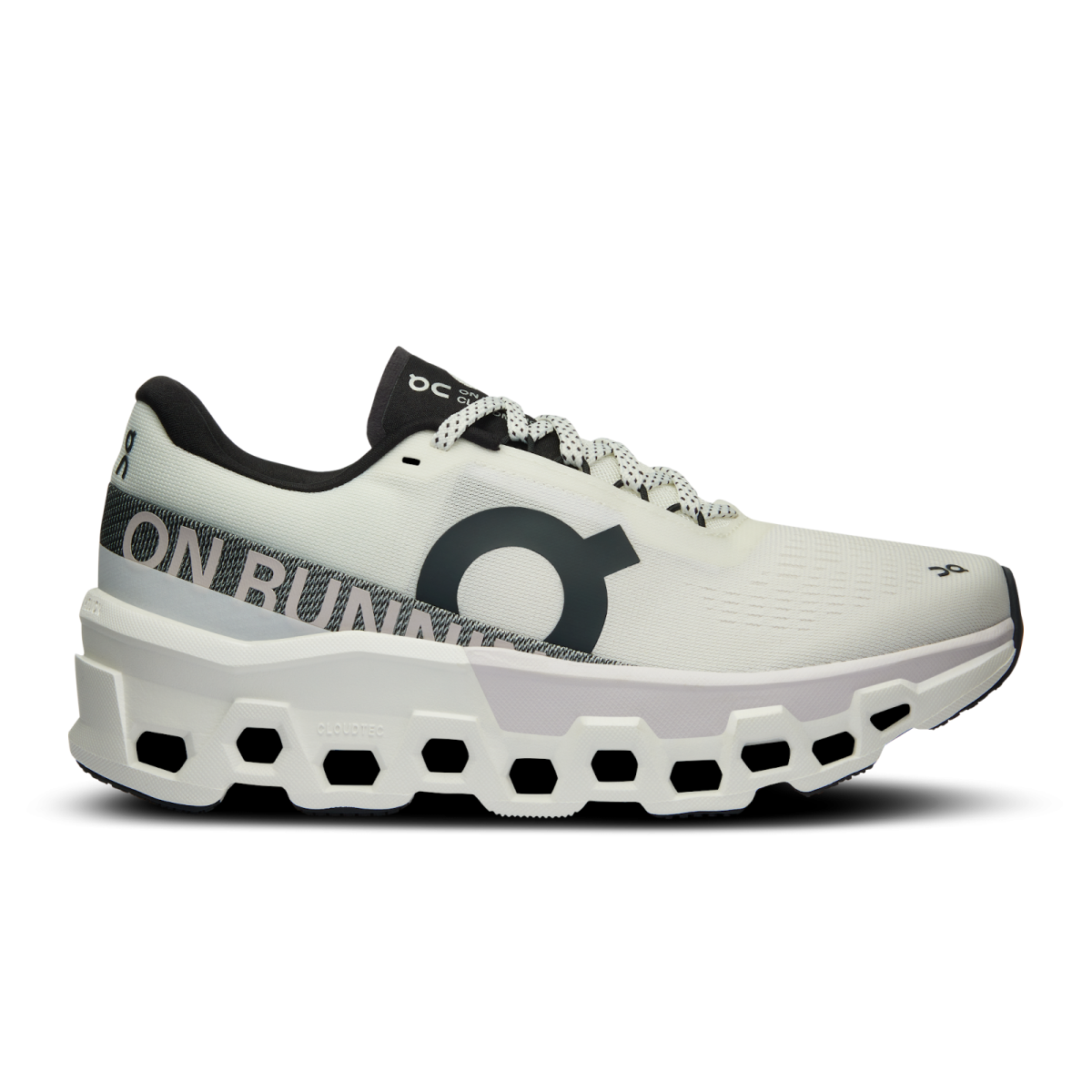Have you ever wondered about the number of clothing items produced each year? It’s estimated that over one hundred billion garments are crafted annually, yet a significant portion remains unworn. This raises crucial questions about the motives behind such mass production and the remaining excess of clothing. First, understanding fast fashion is essential as it refers to the rapid production of manufacturing and selling trendy clothes for a lower price.
According to Shelley Shou who is an employee at Remake World, an organization that involves communities of women advocates and environmentalists that are preaching for a change in the fashion industries quoted, “We received about 300,000 pounds of clothes donated to the organizations, I believe back in 2023 which was the biggest amount of clothing that we ever saw and it was so shocking to me because it shows that so many people worldwide are at least throwing away clothes every single day and some are lucky enough to end up in organizations such as ours or are in landfills”. This is showing that the majority of clothes are lucky enough to end up being recycled and donated again, this also shows that not just half of the clothes will go to charities but many will end up in trash and landfills.
The Issues
So if this is an issue and the majority of people see it as an issue, why continue producing even more? According to The Global Environmental Injustice of Fast Fashion Environ Health, quoted that “Increased consumption drives the production of inexpensive clothing, and prices are kept down by outsourcing production to low and middle-income countries” (Bick, Halsey & Ekenga). This suggests that as people are overconsuming resources, the easier we’re wanting to make things but, we’re also the ones who’re not wanting to make it so, we rely on low and middle-income countries with high populations and cheap labor to produce goods. Ultimately this contributes to environmental degradation through waste. Alarmingly, the negative ramifications of the textile industry remain largely in which many consumers are unaware of the annual ecological and social costs associated with fast fashion, highlighting the urgent need for increased awareness and responsibility in our consumption habits.
According to Closing the Loop: Analysis of Biotechnological Processes for Sustainable Valorisation of Textile Waste from the Fast Fashion Industry, “Approximately 75% of global textile waste ends up in landfills or is incinerated, leading to the generation of toxic fumes and solid pollution, including substantial amounts of microplastics harmful to ecosystems” (Stella et al). The increasing rate of thrown out clothes is now dangerously harming the environment, showcasing that if more continues being added, the less sources and clothes will be made in the future due to the fact that the vast majority of clothing items available in the market today are made from cotton. Cotton is derived from plants that produce soft fibers, which are harvested and processed into fabric. To grow successfully, cotton plants require specific environmental conditions, including sunlight, warm temperatures, and a well-balanced moisture in the soil.
Impact & Results
When clothes are donated to charities, organizations, or retail stores, the impact can vary significantly. You might think that when you give away unwanted clothes to companies that will resell it for cheaper or are giving it to charities or homeless people but, sometimes they don’t. However, successful donations can provide essential clothing support, reduce waste, and promote recycling. According to Sustainable Fashion Interview MAKE GOOD Elizabeth Cline quoted that, “Charities are not dumps or waste bins. When you donate clothes to charity, in almost all cases the charity will sell your used clothes to fund their programming. They do not in most cases give clothes directly to the poor. Charities receive far too much clothing to sell it all locally or even to give it away” (Cline). Many people are unaware that approximately half of the clothing donated to charity organizations is sold in thrift stores, where they may end up being bought. However, if these items do not sell, instead of being recycled or repurposed, unsold clothing may be transferred to other locations or end up in landfills, contributing to environmental waste.
Despite the establishment of numerous organizations and charities dedicated to collecting donations and raising awareness, solutions remain difficult. A significant contributing factor is the pervasive influence of social media and influencers. According to Shou, “The biggest problem that I’ve seen in the marketing world when it comes to customers and online-shopping is influences, to be specific influencers. We have a reach of over 100 million influencers worldwide where the majority of them use products and promote it to their audiences. And in this case, it gets to the point where the audience sees it and thinks that they automatically need it due to the fact that someone that they perhaps like or look up to has it. This creates a problem where the audiences feel as if they need the item or product to function, behave and feel happy but the real solution to that is that they just need to find better hobbies and activities to do within their homes or outside and not to be online as much”.
This then brings into question when was the last time you threw out clothing due to the fact that it was no longer in trend or because you lost interest, if not what was the reason? Before we decide to purchase a product or item, let’s all do ourselves a favor and think about what it’s going to do. And did you ever donated any clothes to a retail store such as Goodwill, an organization or charity? You might want to think about giving away unwanted things to second hand stores that are willing to resell it to people for a much more affordable price before you throw it out.
In Summary
The fast fashion industry significantly contributes to environmental degradation, fueled by social media influence, heavy marketing efforts, and the exploitation of low-paid labor in developing countries. This cycle of rapid consumption leads to excessive waste, with countless garments discarded in landfills. Before purchasing new clothing, consider the impact of your choices. Going for thrift stores like Goodwill or Nice as New not only supports a sustainable approach but also allows you to find unique, quality items at lower prices.































































